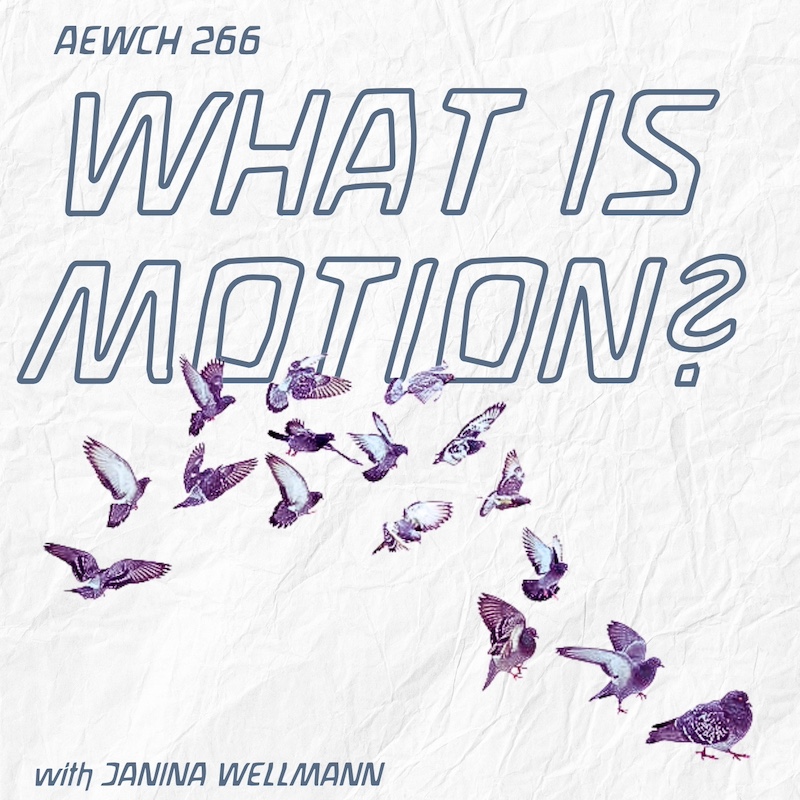LISTEN VIA SOUNDCLOUD ABOVE OR: Apple Podcasts • Spotify • Breaker
AGAINST EVERYONE WITH CONNER HABIB is only possible through the monthly and annual support of listeners like you via Patreon.com/connerhabib.
Please support the show to connect to and give economic life to something you find value in. Thank you.
Also, please do subscribe to the show, give it a 5 star rating and warm review on Apple Podcasts.

Friends,
This is the seventh and final episode in a series of episodes on science and how science intersects with our lives in surprising ways. These episodes are not “scientific” episodes per se, but they aren’t scientistic either. Each one is an exploration of what science can bring into our lives. The series started with AEWCH 260, on which I talked with Marjolijn van Heemstra about connecting with the expansiveness of space to understand the challenges we face today. Then on AEWCH 261, I talked with bear biologist and the Tooth & Claw podcast co-host Wes Larson about our fascination with animal attacks. On AEWCH 262, I talked with culture and nature philosopher, Erica Berry about what wolves can teach us about being human. On AEWCH 263 I did a deep dive into the work of rebel scientist (and scientism’s most notable heretic), Wilhelm Reich, with James Strick. On AEWCH 264, I spoke with cell biologist Predrag Slipječeviċ about the radical potential of symbiosis. And on AEWCH 265, I spoke with bestselling author and historian of science, Andrea Wulf about the invention of the concepts of nature and the self, and how art played a part in both.
“Nowhere do we find permanence, repose, or termination. We find rather that everything is in ceaseless flux.”
– Goethe
One of life’s great pleasures is asking fundamental questions and then creating answers which take nothing for granted. In the case of science, these are questions of the material world, and in the case of history of science, how those questions and their answers – as well as their motivations – shift over time.
Motion and stillness are essential features of life and death. Motion is not confined to life, yet no life exists without it. Stillness is a feature of death, but is anything ever really still? How did science approach the question of motion… and, well, what is motion, anyway? And what about a certain kind of movement and time – rhythm? How do beings form and re-form and grow through rhythmic processes?
JANINA WELLMANN, is the author of two enthralling books: Biological Motion: A History of Life, and The Form of Becoming: Embryology and the Epistemology of Rhythm, 1760-1830, both from ZONE Books.
We talk about movement in life, movement in art, stillness in mediation, robotics, Kafka, and rhythm in self development, among other things. This is the exact kind of conversation about scientific concepts I love to have, and it is the perfect end to this series.
I hope you love it!
CH

Leave a comment